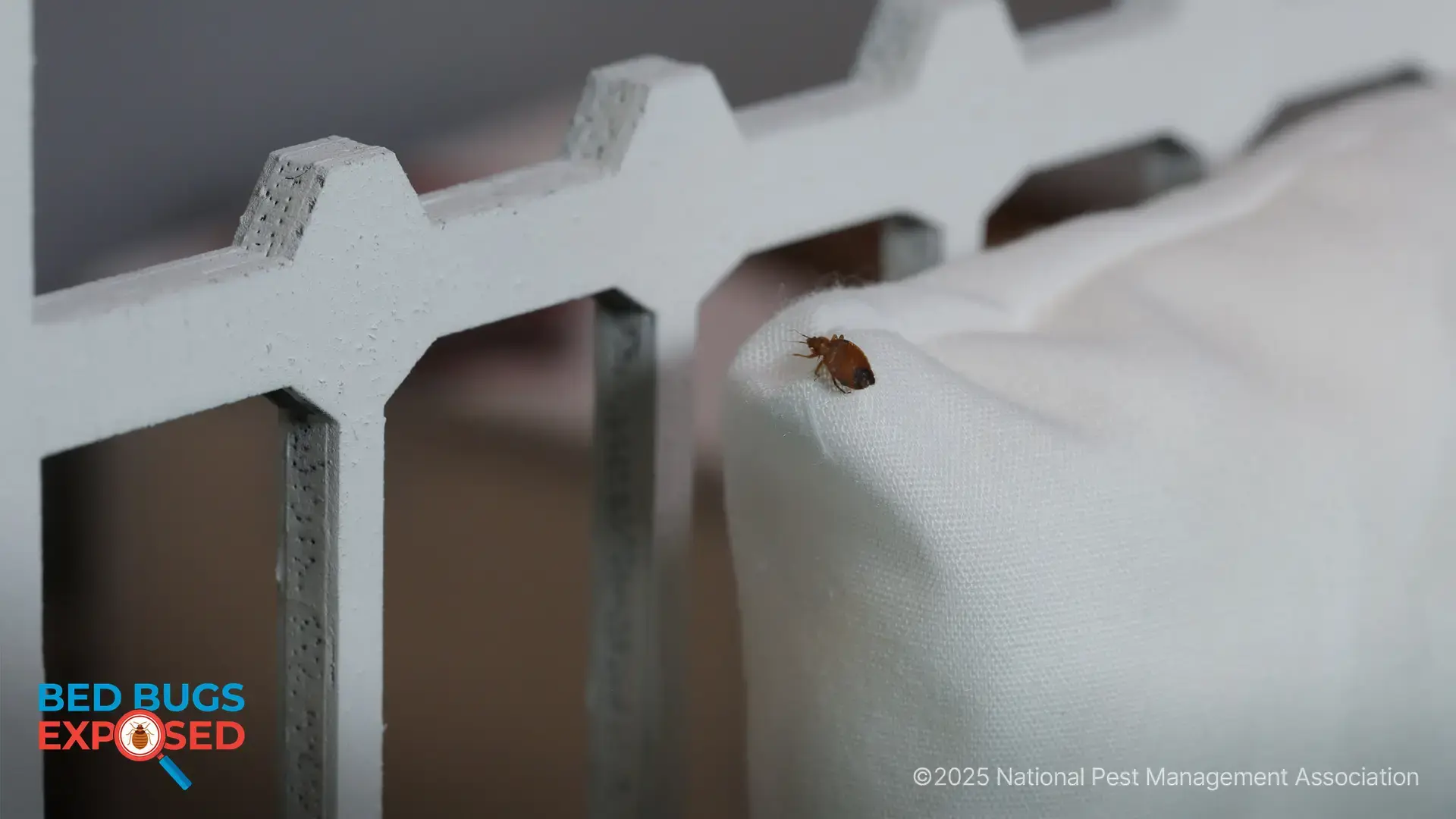An Overview of the Real Health Risks Posed By Mice and Rat Infestations
Why rodents are a danger to health and home
It's a challenge to stay healthy during the winter, especially with the prevalence of the flu and common colds. Unfortunately, something most people don't think about this time of year is the threat posed by rodents to both our health and property. Rodents invade an estimated 21 million homes in the U.S. every winter, and an infestation can cause more than just a headache for homeowners.
During the colder months, rodents such as mice and rats search for food, warmth and shelter indoors, often entering homes through small cracks and crevices. However, the real concern is that these pests can spread diseases and cause serious property damage once inside.
The accumulation of feces from mice and rats can spread bacteria, contaminate food sources and trigger allergic reactions in humans. Once the fecal matter becomes dry, it can be hazardous to those who breathe it in. Moreover, rodent droppings can spread diseases and viruses, including those listed below.
Hantavirus
Hantavirus is a potentially life-threatening disease transmitted to humans by rodents-primarily, the white-footed deer mouse. People become infected through exposure or inhalation of infected rodent urine, droppings or saliva, and the chances increase when people are near spaces where rodents are actively living. Last year, ten people fell ill and three died from exposure to deer mice infected with Hantavirus after staying in tent cabins at Yosemite National Park. Early symptoms of the disease include fatigue, fever and muscle aches, according to the Centers for Disease Control and Prevention (CDC). People may also experience headaches, dizziness, chills and abdominal problems.
Bubonic Plague
Also known as the "Black Death", the Plague is a highly contagious and often deadly disease notorious for killing one-third of the European population during the Middle Ages. Plague is usually spread by the bite of an infected rodent flea and can cause fever, headache and painfully swollen lymph nodes. A Colorado girl was infected with the Plague in 2012 after falling ill during a camping trip.
Salmonellosis
Salmonellosis is a type of food poisoning spread by rodent feces, especially through the consumption of contaminated food. Symptoms include diarrhea, fever and abdominal pain. Each year, approximately 40,000 cases of Salmonella are reported in the U.S., according to WebMD.
Rat-Bite Fever
Rat-bite fever (RBF) is a potentially fatal infectious disease spread by infected rodents or the consumption of food contaminated by rodents. The CDC says that symptoms usually occur 3-10 days after exposure to an infected source and include fever, vomiting, headaches, rash and muscle pain.
In addition to health risks, rodents can pose a significant property risk as they have a tendency to destroy insulation in attics and can chew through wallboards, cardboard, wood and even electrical wiring. In fact, rodents cause up to 25 percent of house fires in the U.S. every year.
With rapid reproduction rates, rodents can quickly go from being unnoticeable to causing a full-blown infestation. Homeowners should look at prevention as the first line of defense again these pests and take steps to keep them out of the home.
Check out this article for detailed rodent prevention tips. Also, it's important for homeowners to be aware of other signs of rodents, such as scampering sounds in ceilings, droppings found in undisturbed places or partially eaten food in the kitchen. If an infestation is suspected, a pest professional can offer the expertise and knowledge to treat the problem.

Learn About Rodents
Rodents invade millions of homes each winter. Learn more about them!

NPMA's Bug Barometer Forecast
The latest Bug Barometer® forecast from the National Pest Management Association reveals what homeowners across America can expect from pest activity this fall and winter.

NPMA's Bed Bugs Exposed Project
Check out NPMA's Bed Bugs Exposed project to learn more about this hitchhiking pest and how to prevent an infestation at home.
Find a PEST PRO in your area

Learn About Rodents
Rodents invade millions of homes each winter. Learn more about them!

NPMA's Bug Barometer Forecast
The latest Bug Barometer® forecast from the National Pest Management Association reveals what homeowners across America can expect from pest activity this fall and winter.

NPMA's Bed Bugs Exposed Project
Check out NPMA's Bed Bugs Exposed project to learn more about this hitchhiking pest and how to prevent an infestation at home.
